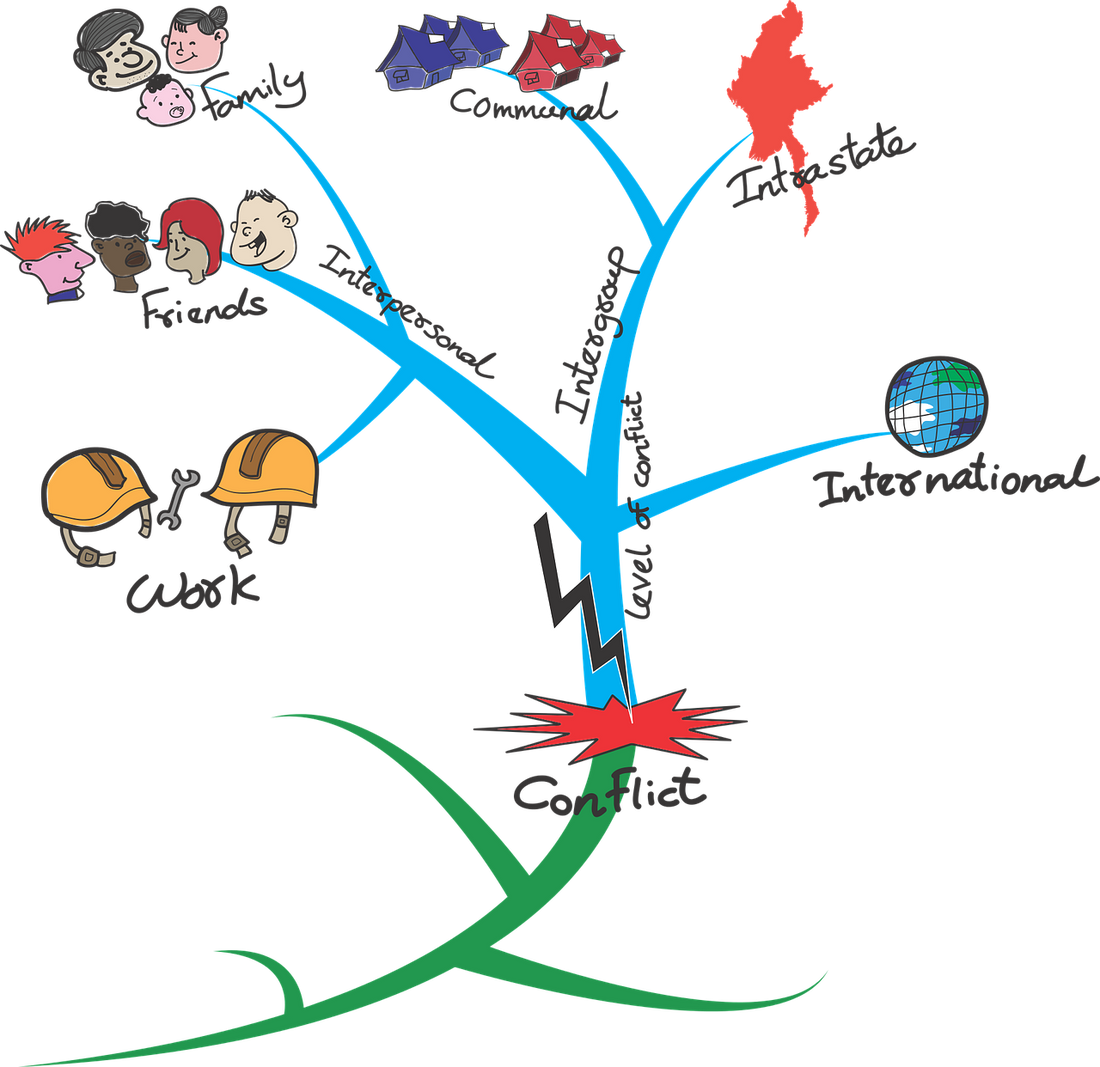
🧠 Mind Mapping: The Art of Visual Thinking for Clarity, Creativity, and Connection
Share
In a world brimming with ideas, tasks, and tangled thoughts, mind mapping offers a breath of fresh air—a way to see your thinking, structure your goals, and spark new connections. Whether you're a coach designing a new framework, a student planning a study path, or a solo traveler crafting a soulful itinerary, mind mapping is your visual compass.
🌿 What Is Mind Mapping?
Mind mapping is a technique that transforms linear notes into radiant diagrams. At its core, it’s a way to represent ideas visually—starting with a central concept and branching outward into related themes, tasks, or insights. Think of it as a tree of thought: roots in the center, branches reaching out in all directions.
Popularized by Tony Buzan in the 1970s, mind mapping taps into both hemispheres of the brain—logic and creativity—making it a powerful tool for problem-solving, planning, and reflection.
✨ Why Mind Mapping Works
Mind mapping isn’t just pretty—it’s practical. Here’s why it’s so effective:
- Visual clarity: You see the whole picture at once, which helps reduce overwhelm and reveal patterns.
- Cognitive engagement: Using colors, symbols, and spatial layout activates memory and deepens understanding.
- Creative flow: The non-linear format encourages spontaneous ideas and unexpected connections.
- Emotional resonance: It feels intuitive and freeing, especially for visual learners and introspective thinkers.
🛠️ How to Create a Mind Map
You don’t need fancy software—just a pen, paper, and a spark of curiosity.
- Start with a central idea: This could be a goal (“Launch my coaching program”), a theme (“Solo Christmas”), or a question (“What do I want to feel this year?”).
- Branch out: Draw lines outward to subtopics—these are your main categories or components.
- Add layers: From each subtopic, branch further into details, tasks, reflections, or resources.
- Use color and icons: Highlight priorities, group ideas, or evoke emotion.
- Keep it fluid: Mind maps are living documents. Add, shift, and evolve as your thinking grows.
🧩 Mind Mapping in Action: Real-Life Applications
Here’s how mind mapping can elevate different areas of life and work:
🎓 Study Planning
For students like Kaz working through OU modules, mind mapping can break down blocks, TMAs, and revision strategies. It helps track progress while keeping the big picture in view.
- Central node: “B207 Study Plan”
- Branches: Module Blocks, TMA Deadlines, Morning Routines, Note-Taking Tools
- Sub-branches: Key concepts, reading lists, reflection prompts
🏡 Hospitality Copywriting
When refining property listings, mind mapping can help tailor tone and structure for different platforms and guest types.
- Central node: “Totton Cottage Listing”
- Branches: Airbnb, Booking.com, Direct Site
- Sub-branches: Tone of voice, amenities, seasonal offers, guest personas
🌙 Solo Ritual Design
Crafting a soulful solo holiday? Mind mapping can help you design rituals, playlists, menus, and reflection prompts that feel intentional and restorative.
- Central node: “Solo Christmas Companion”
- Branches: Morning Rituals, Evening Reflections, Keepsake Ideas, Comfort Foods
- Sub-branches: Journaling prompts, playlist themes, gift-to-self ideas
🧠 Digital Tools for Mind Mapping
If you prefer digital structure, here are a few tools to explore:
| Tool | Best For | Features |
|---|---|---|
| XMind | Structured planning | Templates, export options |
| MindMeister | Collaborative brainstorming | Real-time sharing, cloud sync |
| Miro | Visual project mapping | Infinite canvas, team workflows |
| Canva | Aesthetic mind maps | Drag-and-drop design, templates |
💬 Mind Mapping Prompts to Spark Your Flow
If you're staring at a blank page, try these prompts:
- “What do I want to feel this season?”
- “What are the pillars of my brand?”
- “What does a meaningful guest experience look like?”
- “What are the steps to mastering this module?”
- “What rituals help me feel grounded?”
🌈 Final Thoughts: Mapping Meaning
Mind mapping isn’t just about organizing—it’s about honoring your inner landscape. It invites you to slow down, zoom out, and connect the dots between what you know, what you feel, and what you’re becoming.
So whether you're sketching out a study tracker, a guest welcome guide, or a personal reflection deck, let your mind map be more than a tool. Let it be a mirror, a compass, and a canvas.